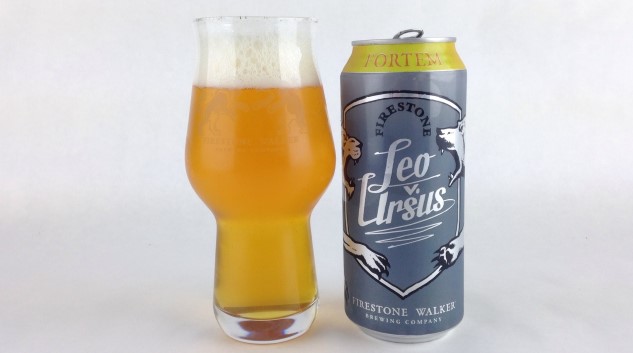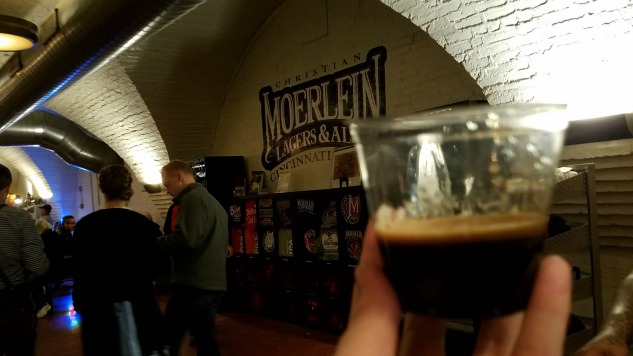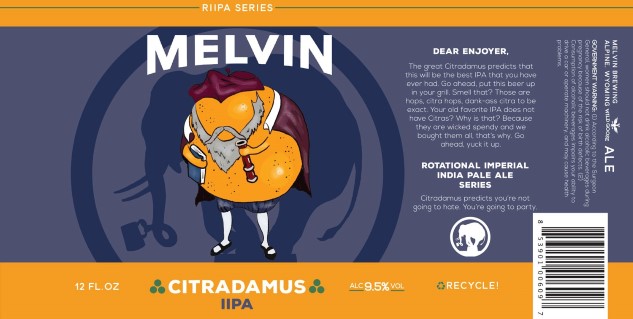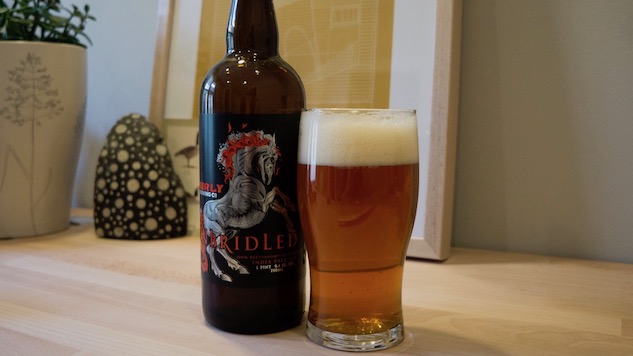Paste’s Top 10 Beers of the Month: March 2017

When it comes to beer, there are a ton of choices out there, with more being added everyday. Each month, we round up some of our fave new finds. Some of the brews we did full reviews on, while others are just special gems we found on tap while we were out and about that we think you should know about.
Check out our favorite beers from February here.
By no means a comprehensive list of everything new that came out in March (we can only drink so much!), here are some of our favorites that we’d recommend you grabbing a pint of while you’re out with friends, or picking up a few bottles of at your local bottle shop.
Discover something new this month that you absolutely love? Be sure to tell us about it in the comments!

Typically, a regional brewery introducing a new limited run DIPA available for a few months wouldn’t exactly be significant beer industry news. But when that brewery is Firestone Walker, and that beer is more or less the philosophical stand-in for the dearly departed Double Jack IPA, that’s a very different story. All in all, I think Firestone Walker has done an admirable job here of creating a new beer that channels some of Double Jack’s characteristics while tailoring it more closely to what the market is currently dictating.If their customers go crazy for Fortem, they’ll surely find a way to make it more often than 25% of the year.
-

-

-

-

-

-

-

-

-

-

-

-

-

-

-

-

-

-

-

-

-

-

-

-

-

-

-

-

-

-

-

-

-

-

-

-

-

-

-

-





-thumb-220x362-582168.jpg)
-thumb-220x356-582166.jpg)









































